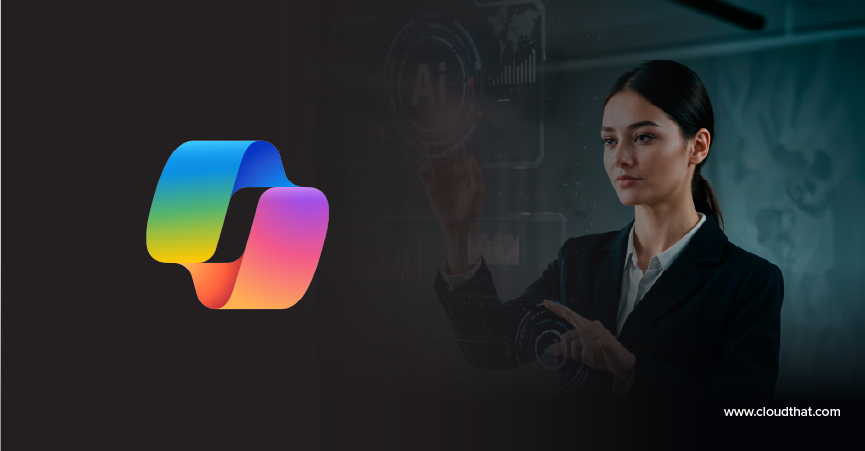|
Voiced by Amazon Polly |
Overview
Tkinter is a standard library in Python used for creating Graphical User Interface (GUI) for Desktop Applications. Creating desktop applications is not a difficult job when using Tkinter.
Tk, Python’s built-in GUI framework, will be our main toolkit for creating graphical user interfaces. We’ll access Tk from its Python interface called Tkinter (short for Tk interface).
Pioneers in Cloud Consulting & Migration Services
- Reduced infrastructural costs
- Accelerated application deployment
Prerequisites for Tkinter
Python Knowledge
GUI Programming in Python
There are many ways to develop GUI-based programs in Python. These different ways are given below:
- Tkinter: Tkinter is a widely used GUI (graphical user interface) package in Python, serving as the default GUI module. It provides a set of Python classes that act as wrappers for the Tk widgets, making it the standard choice for GUI programming in Python.
- wxPython: This is essentially an open-source GUI framework based on C++, designed to work on multiple platforms. It serves as an alternative to Tkinter, offering similar functionality.
- JPython: JPython is a Python platform for Java that gives Python scripts on the local computer easy access to Java class libraries.
We will cover GUI Programming with Tkinter.
Tkinter
Python’s Tkinter module makes it easy to create Graphical applications. The only GUI framework included in the Python Standard Library is Tkinter, one of several GUI frameworks.
- One advantage of Tkinter is its cross-platform capability, enabling the code to function seamlessly on Windows, macOS, and Linux without any modifications.
- Tkinter is a lightweight module.
- It is simple to use.
What are Tcl, Tk, and Tkinter?
To gain a deeper understanding of the Tkinter module, let’s delve into its origins and explore it further.
- As mentioned earlier, Tkinter is the default GUI library for Python and functions as a module that wraps around the Tk toolkit.
- The Tk framework, which was initially created for the Tool Command Language, is the foundation of Tkinter (Tcl). Tk has been adapted to many other scripting languages due to its popularity, including Perl (Perl/Tk), Ruby (Ruby/Tk), and Python (Tkinter).
- The portability and flexibility of Tk’s GUI development capabilities make it ideal for creating a broad range of high-quality, commercial GUI apps.
- Compared to directly programming in C/C++ with native OS system libraries, Python with Tkinter offers us a quicker and more effective way to create useful apps.
- We’ll use fundamental building blocks known as widgets to construct various desktop applications once Tkinter is up and running.
Step-by-Step Guide
Install Tkinter
Likely, Python and Tkinter are already loaded on your system. But it’s not always the case. So let’s see if it is accessible first.
Install Python 3.8 first if you don’t already have it on your system, and then verify for Tkinter.
By trying to import the Tkinter module, you can find out if your Python interpreter supports Tkinter. If it is, there won’t be any errors, as shown in the following code:

Since nothing blew up, we can be certain that Tkinter is accessible. If you encounter errors such as “module not found,” “import fails,” etc., Tkinter was not activated when your Python interpreter was built. You may need to recompile your Python interpreter to use Tkinter.
Adding Tk to your Applications
- The fundamental steps involved in configuring a GUI application using Tkinter in Python can be outlined as follows:
- To begin with, import the Tkinter module.
- The next step involves generating a top-level window object encompassing the entire GUI application.
- Subsequently, in the third step, it is necessary to configure all the GUI components and define their respective functionalities.
- Afterward, the program code underlying the GUI components must be connected or linked.
- Finally, enter the main event loop by invoking the mainloop() function.
The steps listed above might currently appear absurd. Just read them all, and as we continue with this tutorial, we will clarify everything.
Let’s take an example to understand this better.
As previously mentioned, all primary widgets in GUI programming are exclusively built upon top-level window objects.
The Tk class in Tkinter is responsible for creating the top-level window object.
Let us create a top-level window:

Output:

Tkinter Methods used above:
The two primary methods are applied when building a Python application with a GUI. You must keep them in mind, and they are listed below:
- Tk(screenName=None, baseName=None, className=’Tk’, useTk=1)
- The primary window is primarily created using this technique. If you’d like, you can also alter the window’s name by simply changing the className to the one you want.
- The application’s primary window is created using the following code, which we also used in the example above:

2. The mainloop() Function
- This technique initiates the program’s execution. The mainloop() function serves as an infinite loop responsible for running the application. As long as the window remains open, the loop continuously waits for events to occur and handles them accordingly.
Conclusion
With the installation of the Tkinter module and the knowledge of what Windows and Widgets in Tkinter are, we have finished the introduction to Tkinter. We also developed and launched our first Tkinter GUI application.
Making IT Networks Enterprise-ready – Cloud Management Services
- Accelerated cloud migration
- End-to-end view of the cloud environment
About CloudThat
CloudThat is an award-winning company and the first in India to offer cloud training and consulting services worldwide. As a Microsoft Solutions Partner, AWS Advanced Tier Training Partner, and Google Cloud Platform Partner, CloudThat has empowered over 850,000 professionals through 600+ cloud certifications winning global recognition for its training excellence including 20 MCT Trainers in Microsoft’s Global Top 100 and an impressive 12 awards in the last 8 years. CloudThat specializes in Cloud Migration, Data Platforms, DevOps, IoT, and cutting-edge technologies like Gen AI & AI/ML. It has delivered over 500 consulting projects for 250+ organizations in 30+ countries as it continues to empower professionals and enterprises to thrive in the digital-first world.
FAQs
1. Is Tkinter the only GUI for Python?
ANS: – While Python offers numerous GUI frameworks, Tkinter is the sole framework integrated directly into the Python standard library.
2. What graphics library does Tkinter use?
ANS: – The default GUI toolkit for Python is called Tkinter. The combination of Python and Tkinter makes it quick and simple to develop GUI apps. Tkinter provides an effective object-oriented interface for the Tk GUI framework with Tkinter package import.

WRITTEN BY Sonam Kumari
Sonam is a Software Developer at CloudThat with expertise in Python, AWS, and PostgreSQL. A versatile developer, she has experience in building scalable backend systems and data-driven solutions. Skilled in designing APIs, integrating cloud services, and optimizing performance for production-ready applications, Sonam also leverages Amazon QuickSight for analytics and visualization. Passionate about learning and mentoring, she has guided interns and contributed to multiple backend projects. Outside of work, she enjoys traveling, exploring new technologies, and creating content for her Instagram page.


 Login
Login


 June 21, 2023
June 21, 2023 PREV
PREV










Comments